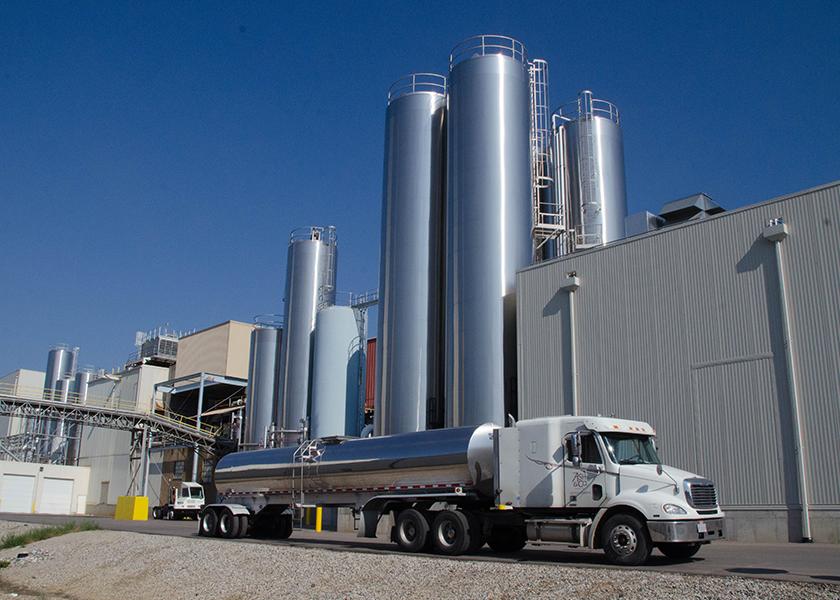Dairy Leaders Outline Next Steps in FMMO Hearings

After months and months of Federal Milk Marketing Order (FMMO) hearings unfolding, dairy leaders are still doing what they can to advocate for U.S. dairy farmers.
Recently on a National Milk Producers Federation (NMPF) Dairy Defined podcast, Stephen Cain, vice president for economic policy and market research for NMPF, said the NMPF approach is more holistic and that is what separates their FMMO proposals from processor groups.
“You can’t look at the federal order system having not been updated in 20 years and not address all facets of the industry,” Cain says. “You can’t say in good faith that Class I differentials need to be updated because costs have gone up without also conceding the fact that make allowances need to go up for the same reason.”
International Dairy Foods Association (IDFA’s) chief economist, Mike Brown, says that IDFA believes the dairy industry has fundamentally changed since 2008 when the previous FMMO revisions were made and that the current FMMO pricing formulas need to be amended to reflect new market dynamics.
“While nutritious milk remains the foundation for dairy’s continued growth, today’s U.S. dairy industry is defined by a robust, innovative supply chain that relies more and more on products like cheese, yogurt, dairy-based health beverages and powders, frozen treats and value-added fluid milk to meet ever-evolving consumer demands and generate income for producers and processors alike,” Brown says. “However, today’s pricing policies are out of step with the modern marketplace. As our industry continues to evolve and become more efficient, we must have policies in place that position U.S. dairy for the future without being hamstrung by outdated regulations.”
Now, USDA is considering more than 12,000 pages of testimony as it formulates its plan for FMMO modernization.
Peter Vitaliano, vice president for economic policy and market research for NMPF, stated on the Dairy Defined podcast that no party will get everything they want.
“USDA is going to give each party, particularly each of the major parties, a little something,” he said. “The final result will be a market improvement over what we have now.”
Gregg Doud, president and CEO of NMPF, said that the current formula has cost dairy farmers around 1.2 billion.
“It needs to be changed back to the previous ‘higher-of’ formula that served farmers best,” he said.
Brown says that forty proposals were submitted by stakeholders to USDA for consideration.
“USDA accepted 21 proposals to be included in the hearing process, including two by IDFA—one requesting that USDA update make allowances which are woefully out of date after nearly 20 years of increasing manufacturing costs, and a second proposal on Class I milk pricing that puts more dollars into the pockets of dairy farmers than they would receive under the ‘higher of’ mover while allowing dairy processors to effectively manage price risk”, he said. “Throughout the process, IDFA has remained constructive, offered fact-based testimony, and has continued to encourage USDA to make necessary reforms that allow U.S. dairy producers and processors to compete and win in a global marketplace.”
The next steps include interested parties filing a correction no later than 4:30 ET on April 1. USDA is expected to issue a recommended decision by June 30.
Dairy Herd Management will continue to follow the FMMO ruling decision.
Check These Stories Out:







